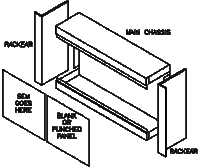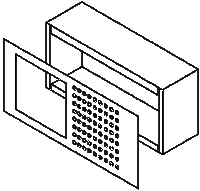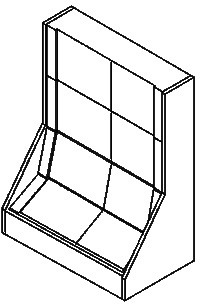 |
|||||||||
|
|
|||||||||
|
|
|||||||||
 |
|
||||||||
|
|
|||||||||
 |
|||||||||
|
|
|||||||||
 |
|||||||||
|
|
|||||||||
|
|
|||||||||
|
|
|||||||||
| Here's what I'm going to do with mine. Sort of the mini T.O.N.T.O. thing. The controller for the rig is a 2-voice chassis with a 4-voice programmer and 8-step sequencer on board. The empty panel will have joysticks, sliders and extra circuitry I feel I need (inverters, lags, mixers/summers etc.). I have 4 Kenton Pro-solos I wanted to fit in but they were too big for the space. I will post pictures here when it's done. |  |
||||||||
|
James Husted |
|||||||||